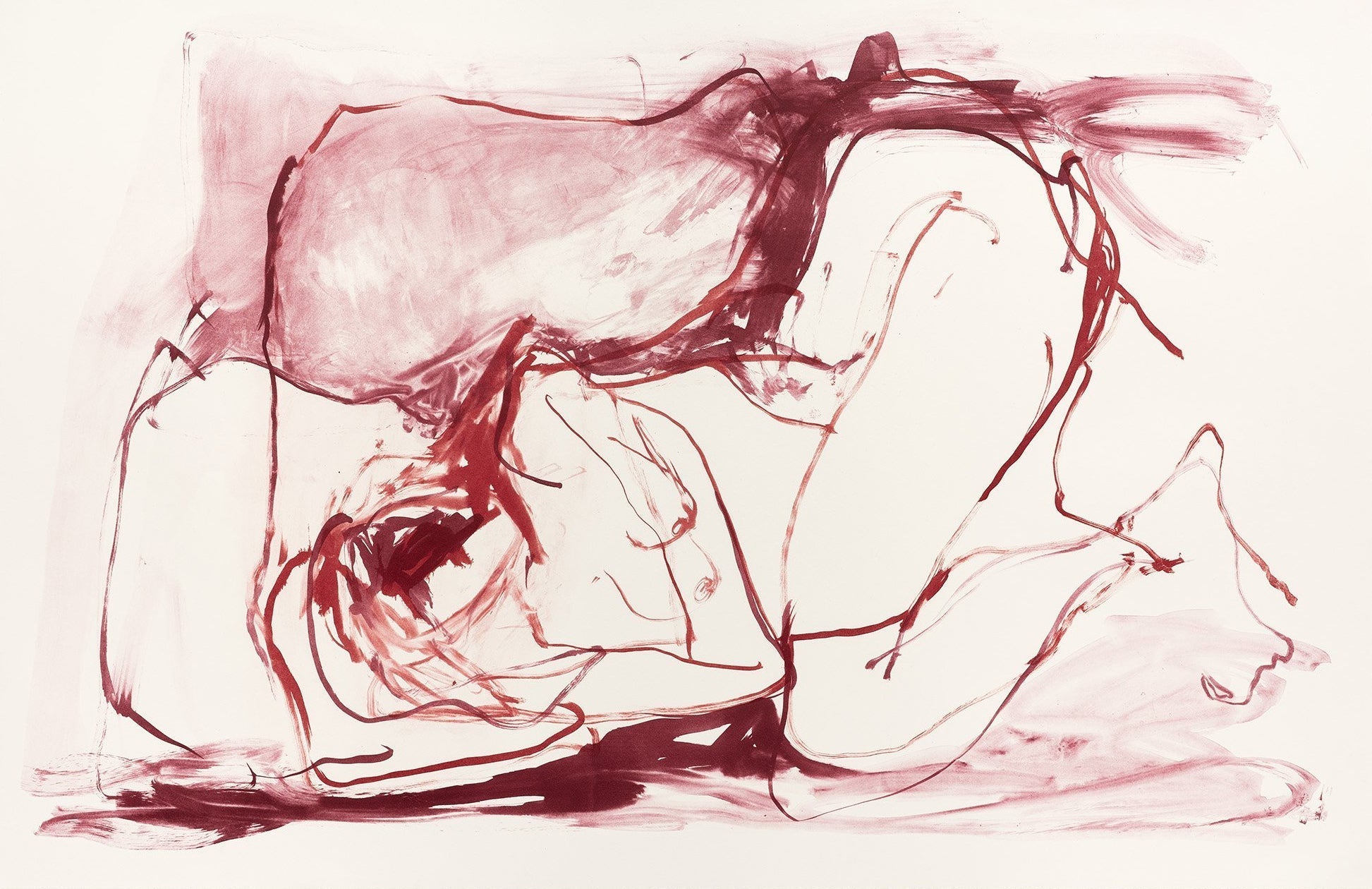Yoshitomo Nara is often described as one of the most significant and beloved contemporary artists to emerge from Japan. Known for his instantly recognisable portraits of wide-eyed figures, that balance innocence with defiance, Nara’s art resonates on both personal and universal levels. His work, which spans painting, drawing, and sculpture, is imbued with emotional intensity and cultural commentary, positioning him as a vital figure in the global art world.
Here we explore Nara’s artistic journey, his major themes, and his enduring impact on contemporary art. We also consider the reasons behind his widespread appeal, the cultural context of his practice, and why his art continues to strike a chord with markets across generations and geographies.
Nara's formative influences
Born in 1959 in Hirosaki, a rural town in northern Japan, Nara grew up in postwar Japan during a period of rapid social and economic change. His upbringing in a relatively isolated environment shaped his early imagination, with Western pop culture became, especially music, being a formative influence. Bands like the Beatles, punk rock, and folk music inspired him as much as traditional art, instilling a sense of rebellion and individuality that would later inform his work.
After studying at Aichi Prefectural University of Fine Arts and Music, Nara pursued graduate studies in Germany at the Kunstakademie Düsseldorf, where he immersed himself in the international contemporary art scene. This European experience broadened his artistic vocabulary, but his sensibility remained deeply rooted in Japanese culture and aesthetics.
Artistic Evolution
Nara’s oeuvre is defined by his signature depictions of children, cute yet unsettling figures, fragile yet rebellious. With their oversized heads, piercing gazes, and ambiguous expressions, these characters are open to multiple interpretations. Some see them as symbols of vulnerability and loneliness, while others interpret them as avatars of resistance, embodying anger, independence, or defiance against authority.
Throughout his career, Nara has also been a prolific draftsman, producing thousands of drawings that reveal the immediacy of his thought process. These works, often sketched on scraps of paper or cardboard, provide intimate access to his imagination and underscore the accessibility of his practice.
Themes: Childhood, Rebellion and Solitude
Central to Nara’s work is the theme of childhood, not as a literal representation, but as a metaphor for the human condition. His figures embody the innocence of youth while simultaneously suggesting darker undercurrents: alienation, resistance, and the complexities of growing up in an uncertain world.
His paintings distill raw emotion into simple yet powerful imagery. The rebellious spirit of punk echoes in his characters’ defiant stares, while the melancholy of folk resonates in their solitude and quiet introspection.
Global Appeal
One of the most remarkable aspects of Nara’s career is the broad and enduring appeal of his work. His paintings and sculptures are accessible on an emotional level, transcending cultural and linguistic boundaries. Viewers often project their own feelings, whether loneliness, anger, or nostalgia, onto his characters, creating a deeply personal connection with the art.
At the same time, Nara’s work reflects broader cultural currents. His exploration of identity, consumerism, and resistance resonates with contemporary concerns, while his playful aesthetic connects with the universality of childhood. This balance of personal and collective themes has helped secure his place as one of the most recognised and celebrated artists of his generation.
Conclusion
Yoshitomo Nara’s art is at once personal and universal, playful and profound. His ability to distill raw human emotion into deceptively simple imagery has made him one of the most important voices in contemporary art. By merging childhood imagery with themes of rebellion, solitude, and resilience, Nara invites us into a world that is as unsettling as it is familiar.
Ultimately, to enter the mind of Yoshitomo Nara is to confront our own vulnerabilities and memories. His figures stand as mirrors for the complexities of human experience, reminding us that beneath every expression lies a story waiting to be told.








Leave a comment
This site is protected by hCaptcha and the hCaptcha Privacy Policy and Terms of Service apply.